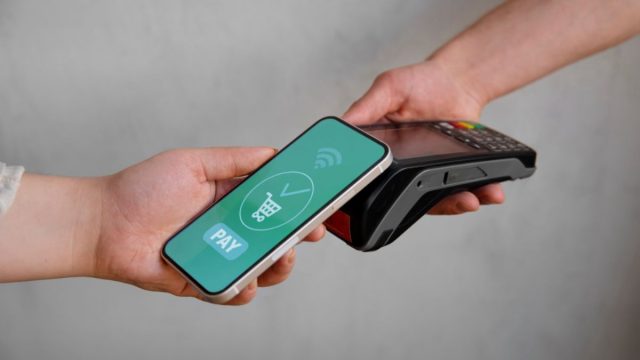- Introduction: Turning a Concept into Currency Micropayment systems have evolved from a technical curiosity into a practical necessity in today’s mobile-first economy. But behind their smooth interfaces lies a labyrinth of investment, planning, and infrastructure design. This article explores a detailed roadmap for how to build, fund, and scale a mobile micropayment service — not just in code, but in capital.
- The Business Model Blueprint Every great technology needs a business model, and micropayments are no exception. The initial blueprint for a mobile micropayment system revolves around three pillars: transaction commissions, value-added services (like analytics), and strategic partnerships with retailers or content platforms. This triad must be balanced early in the funding strategy to determine how much capital is needed and how it will be recovered.
- Phase-Based Financial Structuring The path from idea to implementation isn’t linear—it’s layered. According to case studies derived from Korean research institutions, the commercial development of micropayment systems is best handled in phased funding:
- Phase 1: Core system development (server, app UI, encryption modules)
- Phase 2: Pilot market entry and user testing
- Phase 3: Full infrastructure scaling (cloud storage, data centers)
- Phase 4: Domestic market optimization and branding
- Phase 5: International expansion and cross-border payment compliance Each stage demands different levels of financial outlay, and careful timing of investor inflow or public funding applications.
- Where the Money Comes From Funding sources vary: early-stage R&D is often supported by government initiatives or tech accelerators. For example, in Korea, the Small and Medium Business Administration has supported such initiatives through dedicated ICT innovation grants. Mid-phase growth tends to rely on angel investors or venture capital, especially if monetization KPIs (like DAU-to-conversion ratio) show promise.
- Infrastructure: More than Just Servers Infrastructure for mobile micropayments is 정보이용료 현금화often misunderstood as merely backend servers. In reality, it includes:
- Secure certification servers for identity and transaction validation
- Transaction log systems for audits and refunds
- Data encryption layers and compliance storage
- Redundancy and failover protocols for 24/7 uptime
- Mobile app modules for Android/iOS that work offline in low-signal zones Investing in these early ensures scalability without repeated rebuilds.
- Human Resources and Strategic Teaming Successful case studies reveal that human infrastructure is as important as hardware. Teams typically require:
- Cybersecurity specialists
- Mobile UI/UX designers
- Fintech compliance officers
- Cloud engineers and AI analysts (for fraud detection) Cross-functional collaboration with telcos, banks, and app marketplaces often accelerates deployment. Strategic hiring should begin by Phase 2 to avoid burnout and knowledge bottlenecks later.
- Cash Flow Forecasting and Capital Efficiency A system with great tech can still fail if cash flow is misjudged. Cash burn rates in fintech are notoriously high, especially during infrastructure scaling. Forecasting must account for both fixed costs (salaries, server contracts) and variable ones (marketing, customer support). It’s also advisable to explore recurring revenue via optional services like “wallet upgrades” or B2B API integrations.
- From Beta to Break-Even: The User Growth Factor Even the best systems can die in obscurity without users. That’s where behavioral finance meets infrastructure design. When systems are built to be convenient, secure, and trustworthy, users stay. And when users stay, monetization pathways소액결제 상품권 구매become viable. One-time users bring no ROI; retained users become cash flow lifelines.
- Risks and Redemption Like any investment, micropayment systems carry risk: regulatory changes, tech failures, market shifts. But structured planning mitigates this. For instance, allocating 10–15% of early funds toward contingency systems (e.g., backup nodes, legal audits) protects long-term viability. As shown in Korean industry reports, flexibility and early preparedness are often the only differences between scaling up and shutting down.
- Conclusion: Blueprints for Sustainable Innovation Business success in mobile micropayments is less about luck and more about layered, intelligent decision-making. From modular funding to robust infrastructure, from agile teams to user loyalty—it all needs a plan. And that plan must start before the first line of code is written. With proper funding and infrastructure foresight, small payments can lead to big futures.


